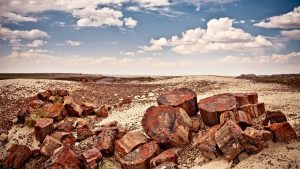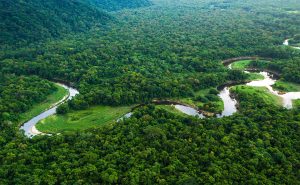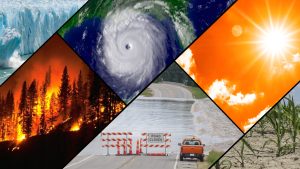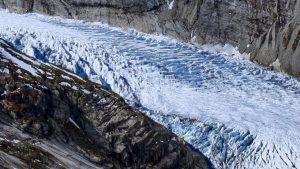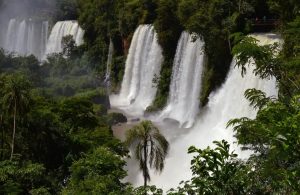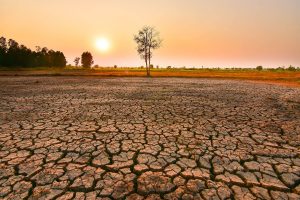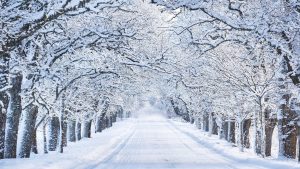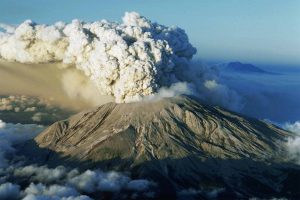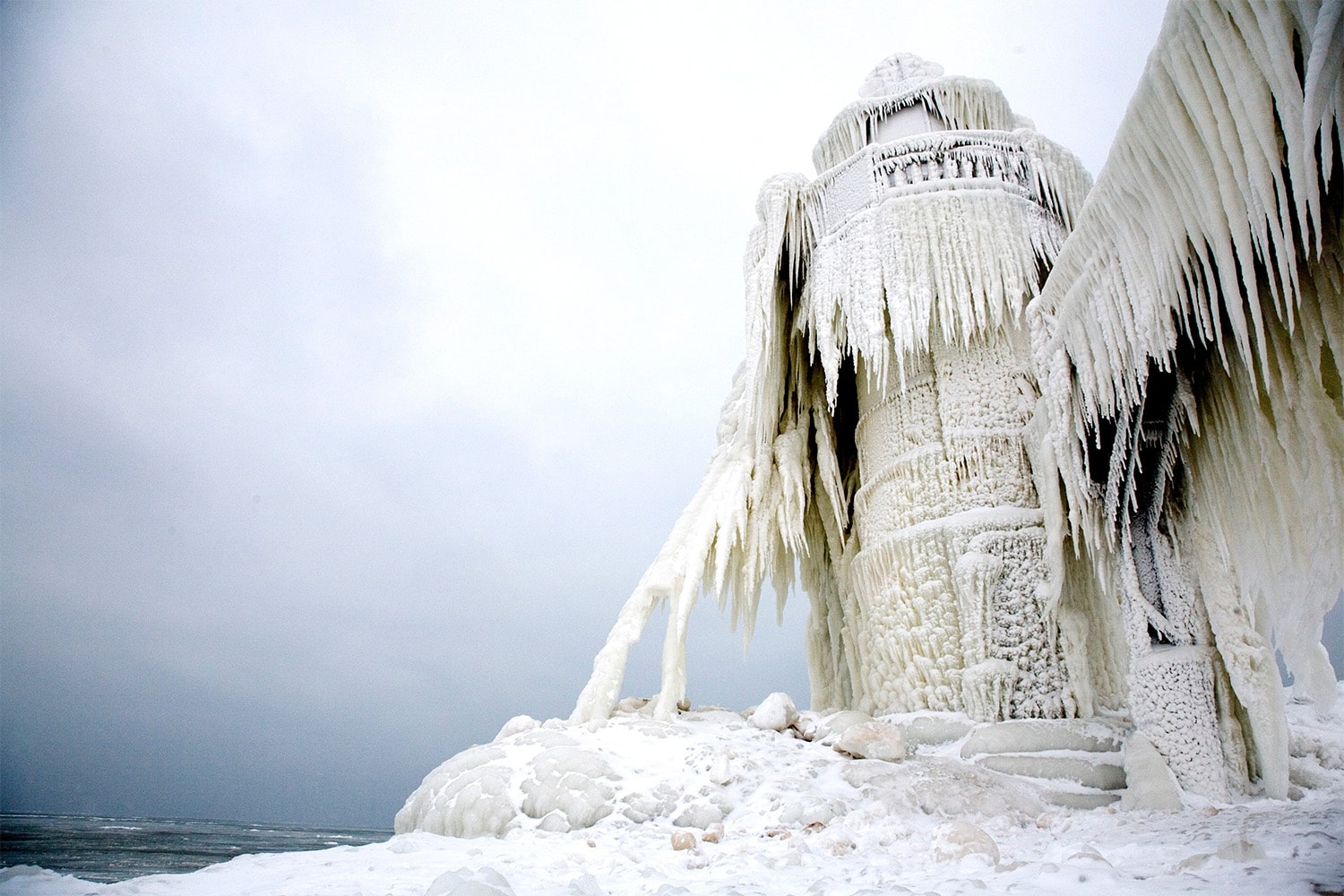
28 interesting facts about cold snaps
- 👁️ 336
Cold snaps, those sudden, brief periods of intense cold weather, can dramatically change the landscape and affect the way we live, work, and play. They are a natural phenomenon that can occur in almost any geographical location, bringing with them a host of challenges and surprises. From freezing temperatures that can plummet within hours to the impact on agriculture, wildlife, and human health, cold snaps are a force of nature that demand respect and preparation. Whether it’s a mild inconvenience or a severe threat, understanding cold snaps is essential for navigating these chilly periods safely and efficiently. Let’s delve into some interesting and informative facts about cold snaps that highlight their impact, causes, and notable occurrences.
- A cold snap is characterized by a sudden drop in temperature over a short period, often less than 24 hours.
- They can occur in both polar and temperate climates, although their effects are more pronounced in areas not accustomed to extreme cold.
- Cold snaps are often caused by polar vortexes, where cold air from the polar regions is pushed down into lower latitudes.
- The coldest temperature ever recorded during a cold snap was -89.2°C (-128.6°F) at the Soviet Vostok Station in Antarctica on July 21, 1983.
- Cold snaps can lead to the phenomenon of frost quakes or cryoseisms, where the rapid freezing of groundwater results in sudden, loud booms.
- They can have significant impacts on agriculture, causing frost damage to crops and requiring farmers to implement emergency measures.
- Cold snaps are dangerous to human health, increasing the risk of hypothermia, frostbite, and heart-related conditions due to overexertion.
- Animals have various adaptations to survive cold snaps, including migration, hibernation, and changes in insulation.
- Urban areas can experience “urban heat islands” which may lessen the severity of cold snaps in cities compared to rural areas.
- Sea turtles can become “cold-stunned” during cold snaps, making them unable to swim or feed properly.
- Cold snaps can affect energy systems, leading to increased demand for heating and potential power outages.
- The rapid temperature drop can cause water pipes to freeze and burst, leading to property damage.
- Cold snaps contribute to lake-effect snow, which occurs when cold air moves over warmer lake waters, picking up moisture and depositing it as snow onshore.
- In some cases, cold snaps have led to the temporary closure of schools and businesses due to safety concerns.
- The “Great Frost” of 1709 is one of the most severe cold snaps recorded in Europe, causing widespread crop failure and famine.
- Preparation for cold snaps includes insulating homes, protecting pipes from freezing, and ensuring that heating systems are functional.
- During cold snaps, communities may establish warming centers to provide shelter for the homeless and those without adequate heating.
- Vehicles may require special care during cold snaps, including the use of antifreeze and maintaining a full gas tank to prevent fuel line freezing.
- Certain types of clothing, such as layers of insulation and moisture-wicking fabrics, are essential for protection against the cold.
- Cold snaps can create beautiful natural phenomena, such as ice fog, hoarfrost, and rime ice on trees and structures.
- Extreme cold snaps in maritime regions can lead to the formation of sea ice, affecting shipping routes and marine life.
- The frequency and intensity of cold snaps may be influenced by climate change, although their relationship is complex and varies by region.
- Record-breaking cold snaps have prompted scientific studies on their long-term impact on the environment and climate patterns.
- In literature and folklore, cold snaps are often depicted as times of hardship but also of beauty and stillness.
- Technological advances, such as remote sensing and improved forecasting models, have enhanced our ability to predict and prepare for cold snaps.
- Community initiatives, such as check-ins on vulnerable populations and pet safety campaigns, are critical during cold weather events.
- Cold snaps can temporarily improve air quality by reducing the formation of ground-level ozone, a common air pollutant.
- Historical accounts of cold snaps provide valuable data for understanding past climate conditions and societal responses to extreme weather.
Cold snaps are a fascinating aspect of our planet’s weather system, presenting both challenges and opportunities for the natural world and human society. By understanding their causes, effects, and ways to mitigate their impact, we can better prepare for and adapt to these icy interludes. Whether it’s marveling at the beauty of a frost-covered landscape or bundling up to stay warm, cold snaps remind us of the power and variability of nature. As we continue to study and learn from these events, we deepen our appreciation for the complexity of Earth’s climate and our resilience in the face of extreme conditions.
